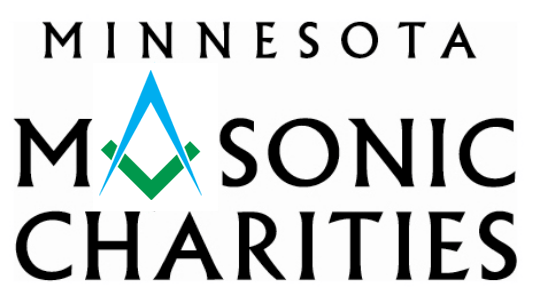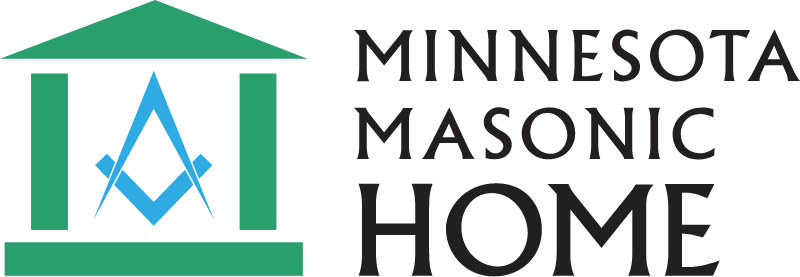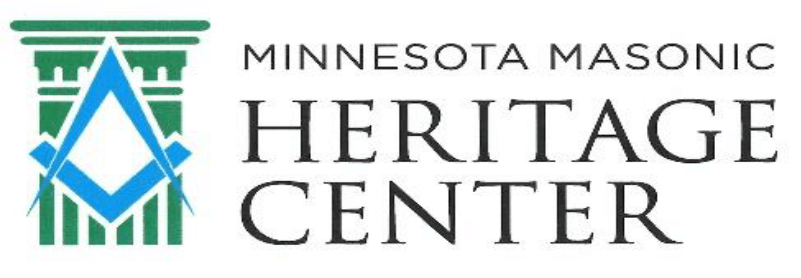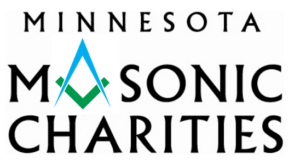How Nora Found Her Voice
When Nora Pearson entered the world, her parents were prepared for complications. Lindsay and Brent Pearson had been informed by doctors that an amniocentesis showed delayed development of their unborn daughter, along with a heart murmur. Born a month early, baby Nora arrived with even more developmental issues. Nora would spend a month in the neonatal ICU, undergoing multiples surgeries on her eyes, spine and intestines.
Eventually, Nora would be diagnosed as nonverbal, with bilateral hearing loss and cognitive delays, in addition to physical impairments. A 17-year veteran serving in the early childhood profession, Lindsay Pearson recognized that early intervention for Nora would be critical.
The Pearsons researched the resources available to them. They received therapy services from Pathways to Achievement home healthcare until Nora turned 2 years old, then moved to the Help Me Grow program through Duluth Schools, in addition to therapy services from Polinsky Medical Rehabilitation Center. Eventually, Lindsay and Brent heard about Minnesota Masonic Children’s Clinic for Communication Disorders (MMCCCD). Nora was placed on their waiting list for one long year until a space opened up. Their first therapy visit to the clinic was a relief.
“You walk in the door, and you feel just this release of anxiety and worry,” said Lindsay. “It’s a super calm, friendly, engaging environment.”
At first, it took time for Nora’s therapist, Jillian, to figure out what methods worked best for Nora, given her cognitive delays and physical impairments. She responded somewhat to picture identification methods, although better to actual objects rather than pictures of them. Because of stiffness in Nora’s fingers, she found it difficult to use sign language to communicate her needs. But with tenacity, Jillian and the Pearsons discovered ways to connect. Jillian worked on pointing as a way for Nora to get her wants and needs met as she has been unable to do so verbally. Developmentally, pointing is a step that comes before verbal speech in young children.
“She now grabs our hands at home and actually shows us what she wants,” said Lindsay. “That’s a big deal.”
Doctors originally told the Pearsons that Nora wouldn’t walk. She used a gate trainer walker until the age of three, and today, the 7-year-old walks with the help of braces on her legs.
“She’s strong-headed!” said Lindsay. “When Nora wants to do something, she’ll do it.”
Apparently, that includes communication. As Nora nears the end of her two years of therapy services at Masonic Children’s Clinic, she routinely gives her parents direction about what she wants. It’s a “huge breakthrough” for the Pearsons, who have also enlisted the services of the clinic for their son, Myles (3), for developmental language skills. Lindsay now serves on the clinic’s Parent Advisory Council and is effusive about the work that is done there.
“My husband and I have been together for 21 years…so we have a strong bond and have a great support group that helps us with what we need,” said Lindsay. “The clinic is a big part of that. I’m sad and scared for Nora to leave. I don’t want her going in the other direction.”
Given the determination of the Pearsons, and their strong team of support, Nora will undoubtedly march on.




